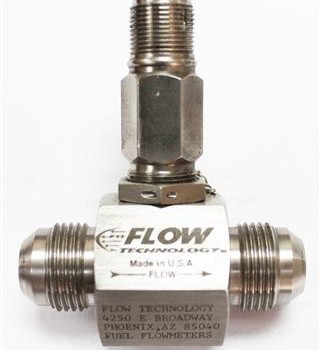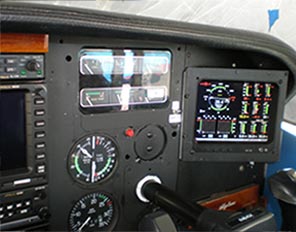Characteristics and Operation of Flight Engine Instruments

Pilots flying aircraft today are a lucky lot – even those flying vintage aircraft have reasonably accurate analog Avionic Instruments to rely on.

Pilots flying aircraft today are a lucky lot – even those flying vintage aircraft have reasonably accurate analog Avionic Instruments to rely on.
Electronic Data Management Systems (EMS’s) are so integrated that they accept cross-platform data and make sense out of it in the same way the pilot(s) would.

Modern high-speed electrical instruments with built-in failure detection circuits of the type manufactured by J.P. Instruments play such a vital role in modern day aircraft flight.

A twin engine aircraft monitoring system obviously holds twice the amount of data when compared to a single engine aircraft monitoring system.
Real time GPS data is optionally combined with navigation to automatically calculate flight time and fuel time.